Why has Smart become bigger and bigger?
 LienNov 14, 2025, 05:46 PM
LienNov 14, 2025, 05:46 PM
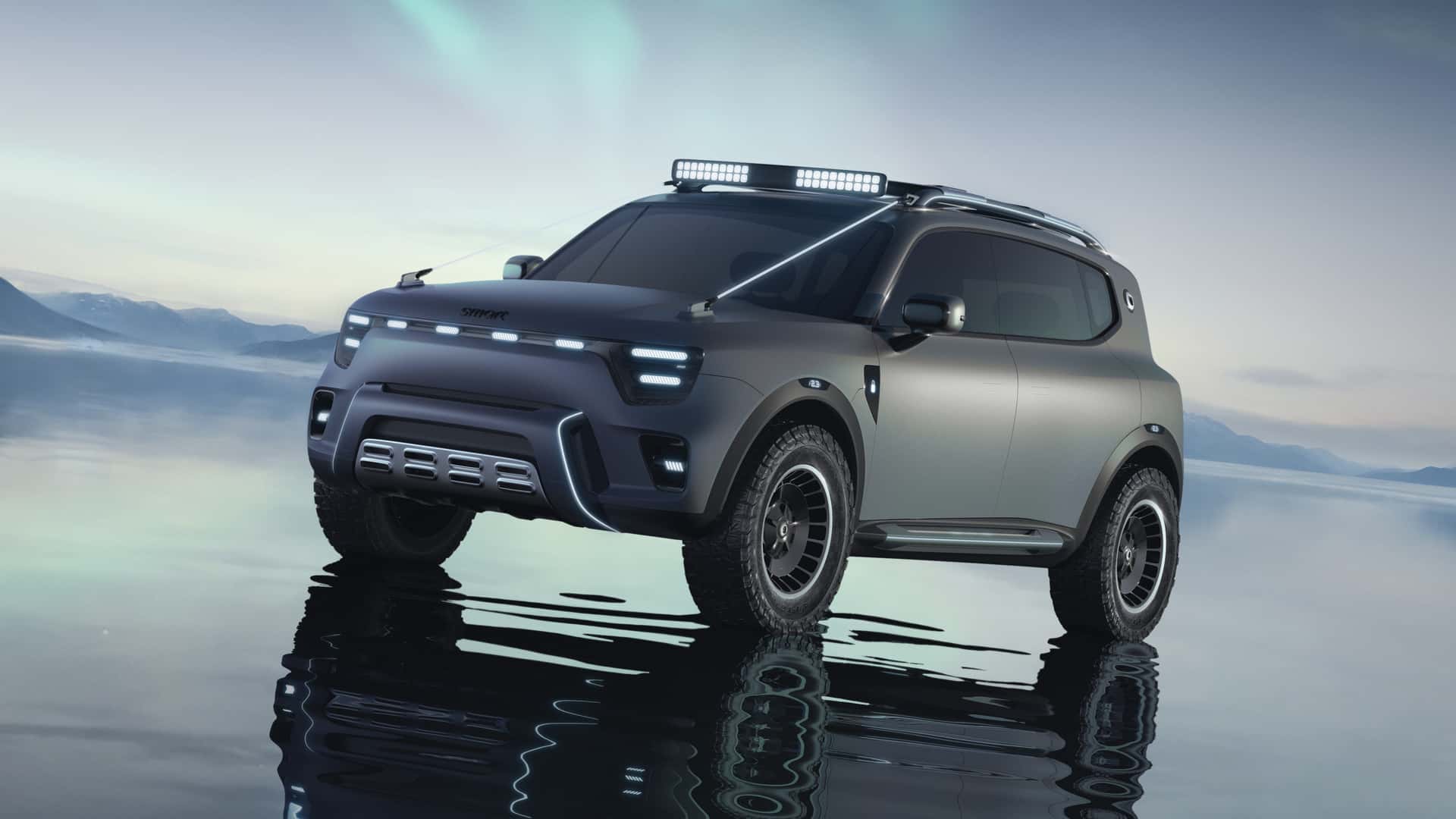
[PCauto] Observing the Smart #5, one inevitably wonders: Why is Smart expanding in size?
The dimensions of the Smart #5 are as follows:
Length: 4,705mm;
Width: 1,920mm;
Height: 1,705mm;
Wheelbase: 2,900mm.
These dimensions place it in the mid-size SUV category, making it currently the largest model in the Smart family. In fact, it exceeds the dimensions of a Honda CR-V.
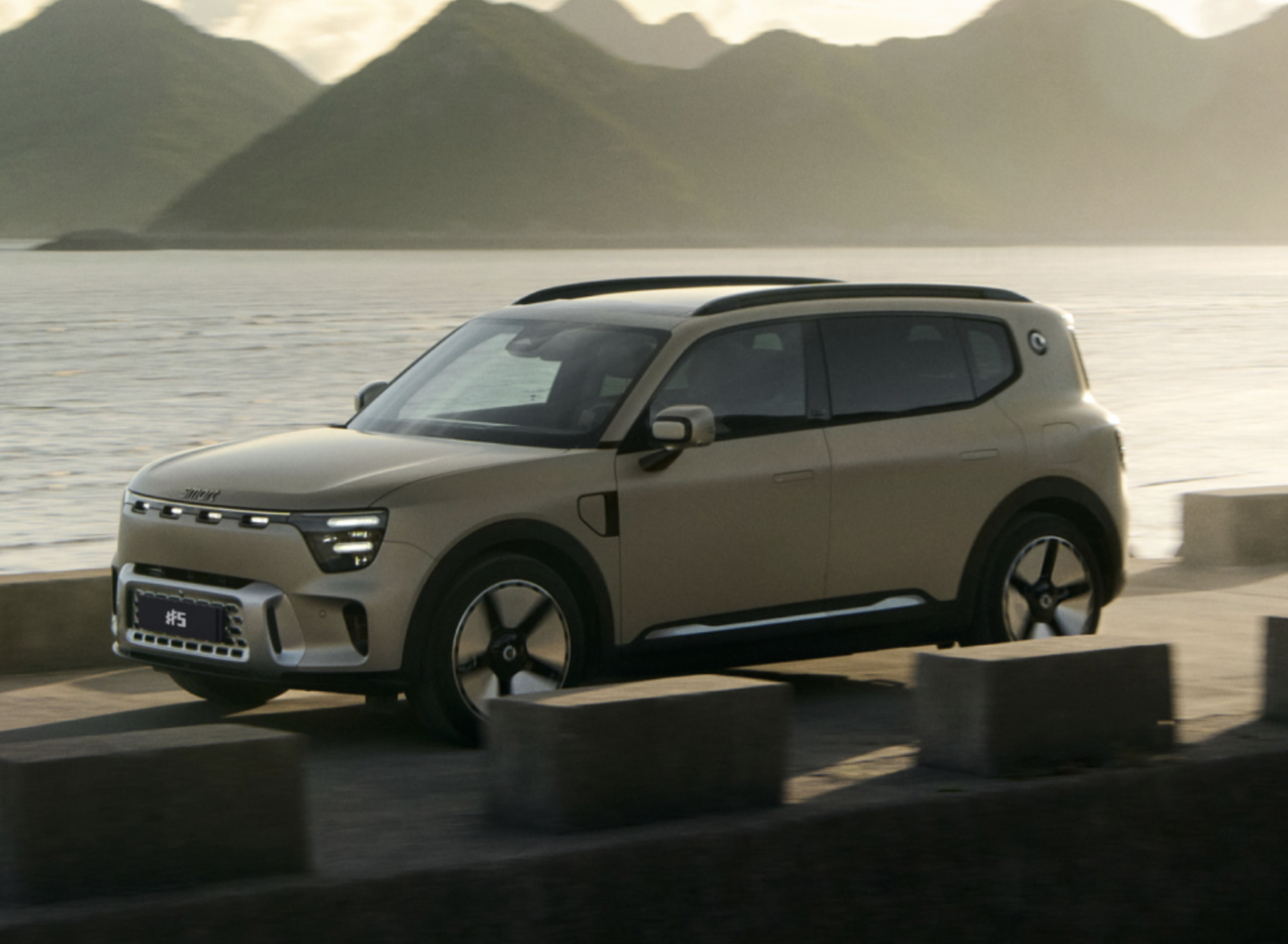
Why was Smart known for being "small" in the past?
Smart, originally known as Swatch Mercedes ART, emerged as a daring concept in the 1990s. The founder of the Swiss watch company Swatch, Nicolas Hayek, wanted to create a microcar that was as fashionable and practical as a watch.
Mercedes-Benz later joined the project. Although Swatch eventually exited, the first-generation Smart City-Coupé, later renamed Fortwo, which was launched in 1998, still realized the initial vision.
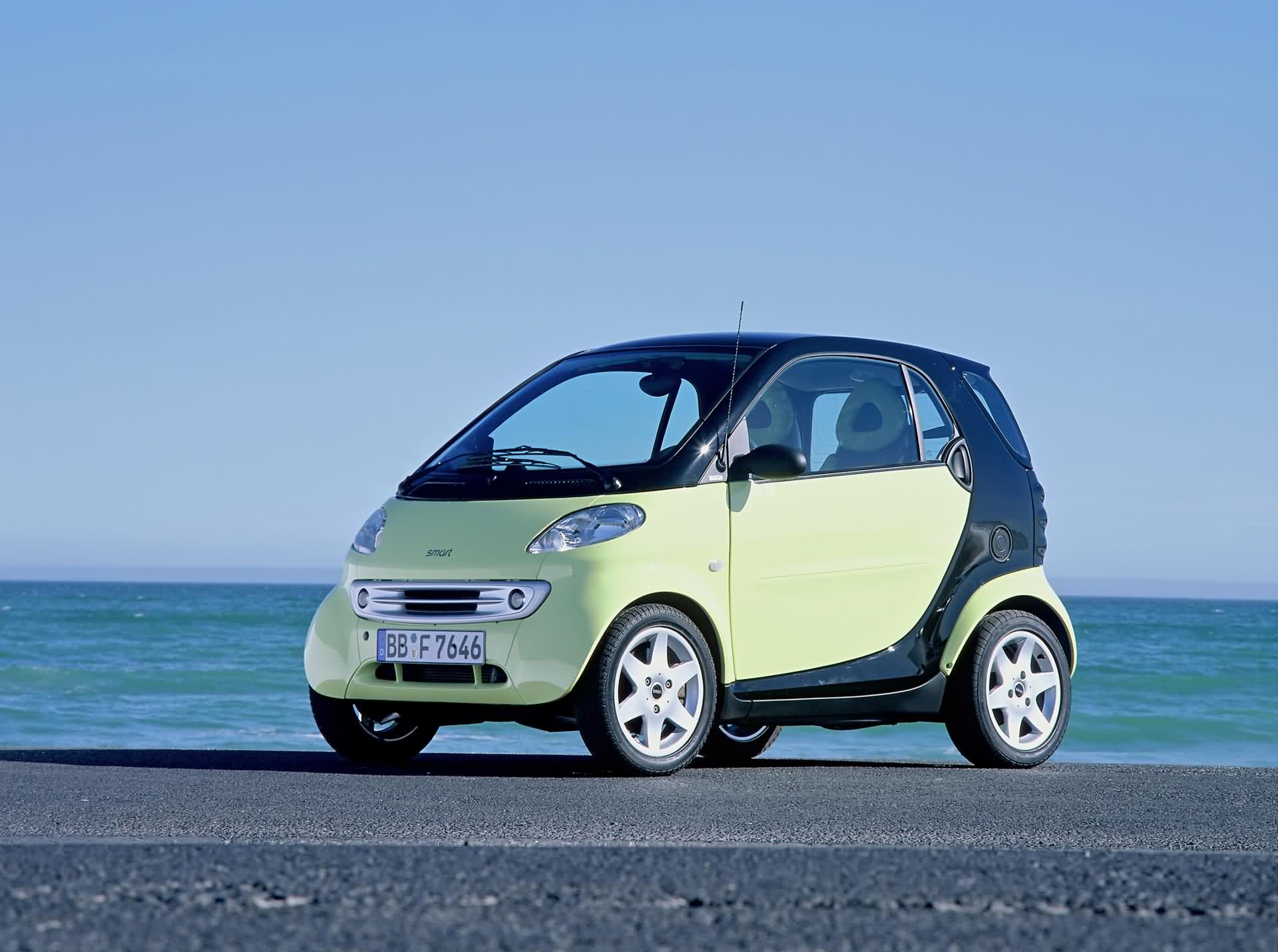
Measuring just 2.5 meters in length, this vehicle can accommodate two cars in a single parking spot. The body combines a high-strength steel frame with a plastic shell, and the rear-engine rear-drive design maximizes interior space. With a 6.95-meter turning radius, it is particularly agile on the narrow streets of Europe.
The Reason Smart is Famous for Being "Small"
Although the sales of Smart were never particularly high, it did become a representative of urban microcars.
First of all, its design is quite unique. The rounded shape and two-tone body make it look like a toy car, and it's especially convenient for parking in old European cities. Its parking capabilities were virtually unparalleled.
The marketing strategy was highly effective, with the slogan 'Open your mind' resonating strongly with urban white-collar professionals. The early diesel version and the later electric version were both very environmentally friendly, which fit the trends of that time.
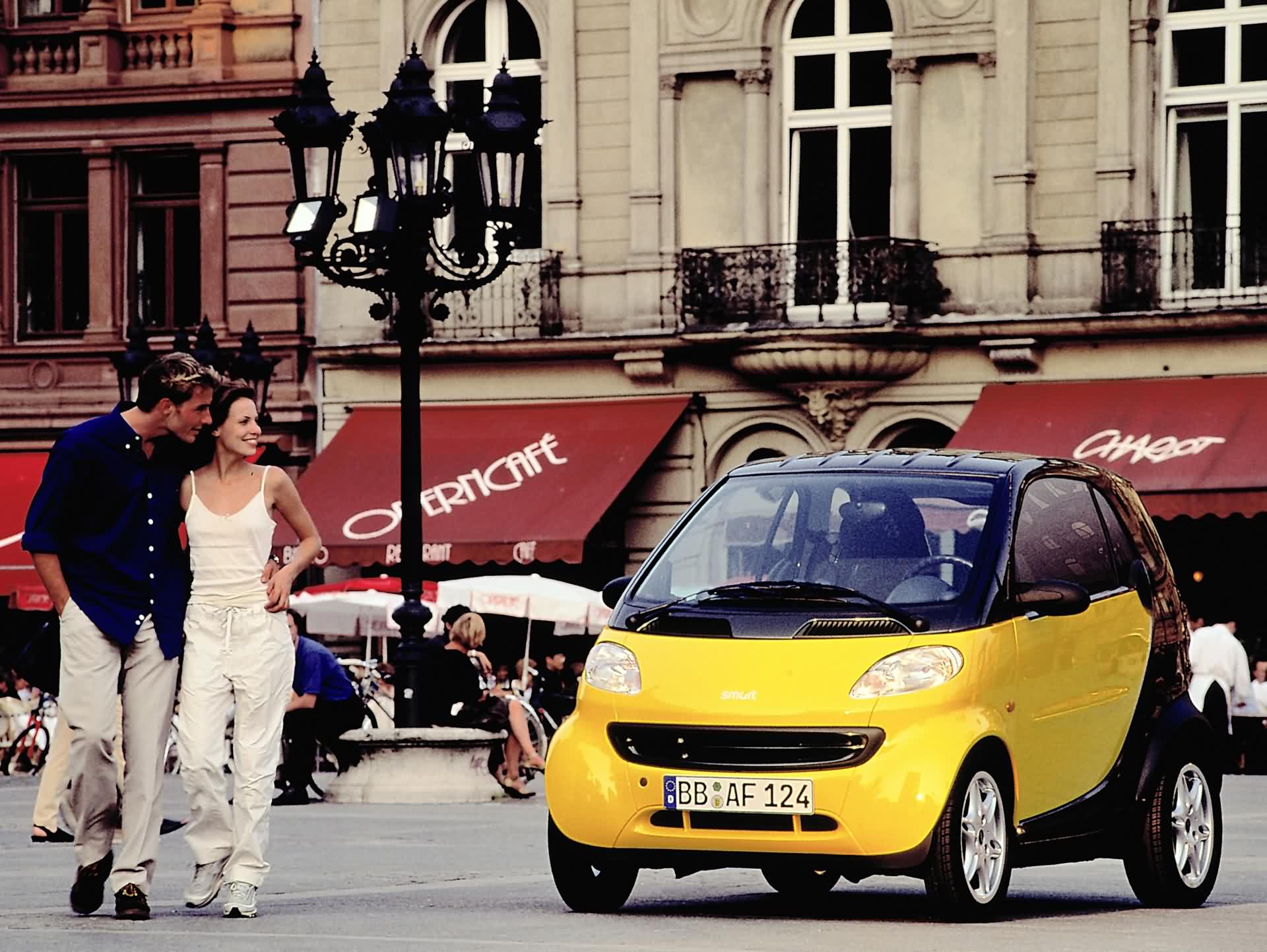
The Problems Caused by Smart's "Small" Size
However, being "small" also brought some troubles. Early Smart models were priced comparably to the Mercedes-Benz A-Class, yet their two-seat configuration rendered them impractical for family use.
Later, when SUVs became popular, the market for microcars became smaller and smaller. However, this niche positioning ultimately defined Smart's unique market presence. The brand made a strong impression but rarely served as consumers' primary vehicle.
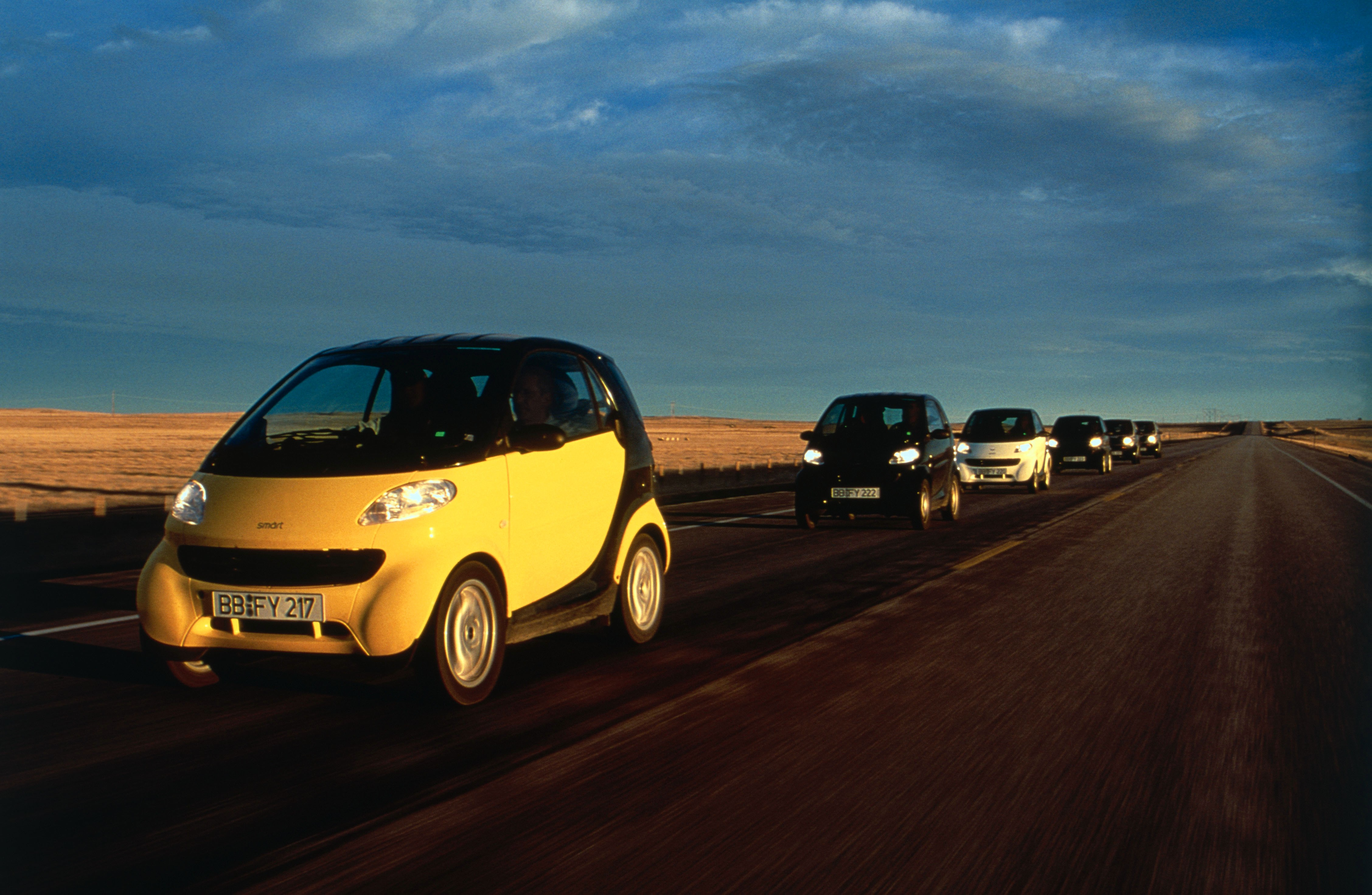
How did Smart get bigger and bigger?
The evolution of Smart's dimensions reveals a remarkable transformation.
The first-generation Fortwo, launched in 1998, had dimensions of:
Length: 2,500mm;
Width: 1,515mm;
Wheelbase:1,812mm.
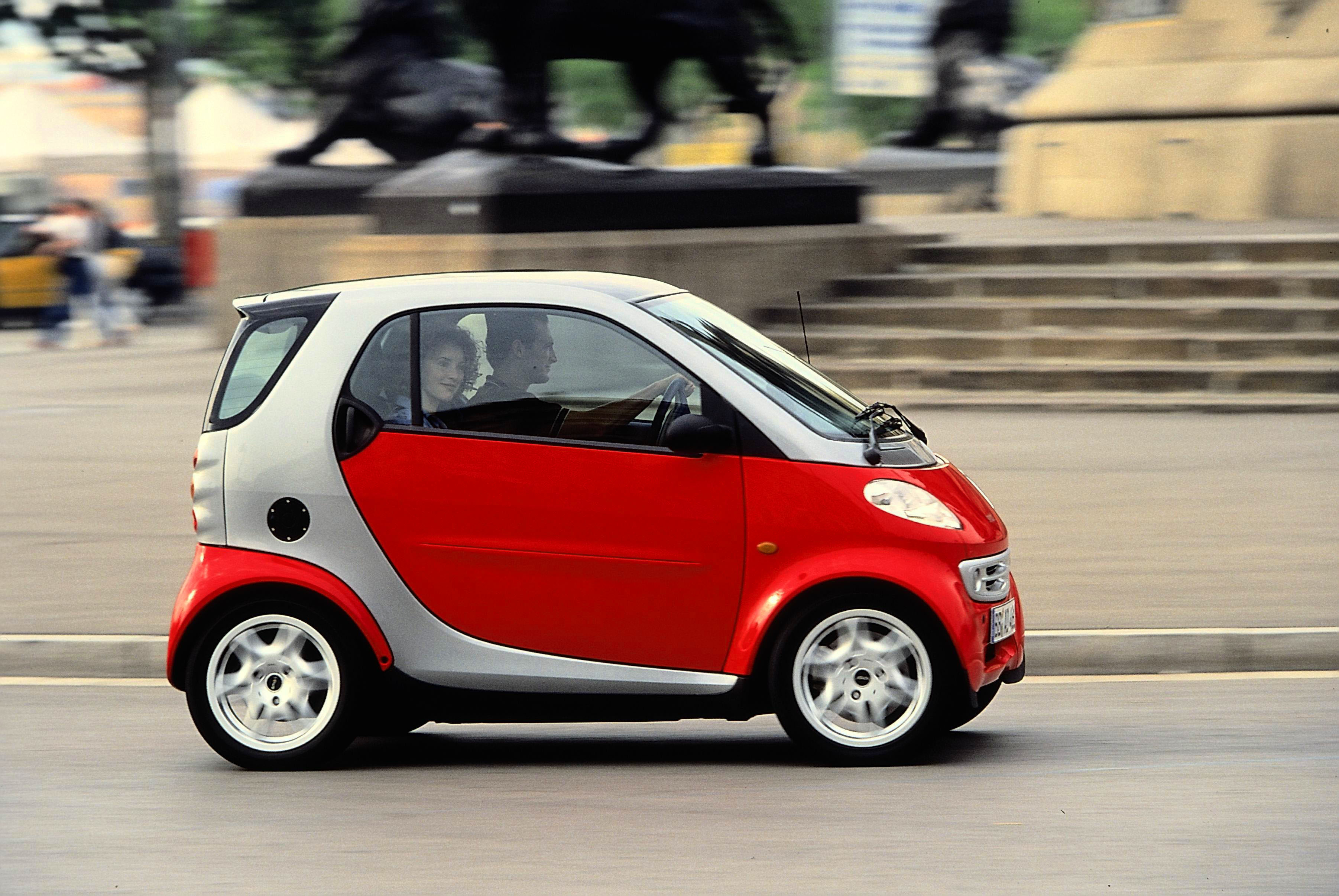
At that time, it was particularly convenient for parking in old European city centers. By the time of the 2014 model update, the length had grown to 2,690mm, and the width also increased.
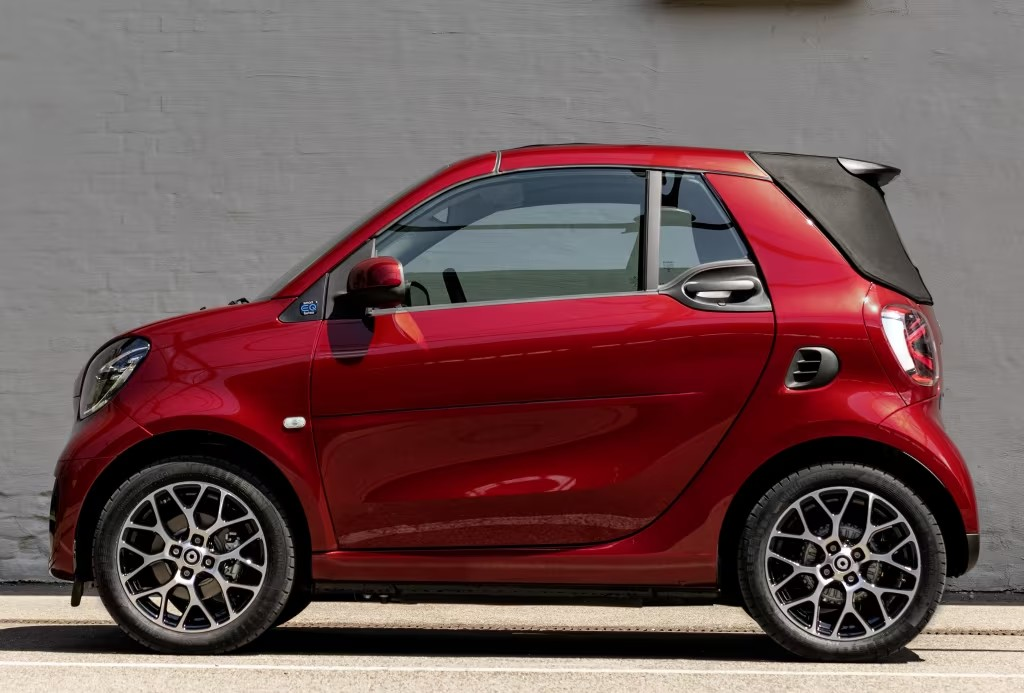
The electrified Smart #1 was launched in 2022, with a significant size leap, reaching a length of 4,270mm and a wheelbase of 2,785mm.
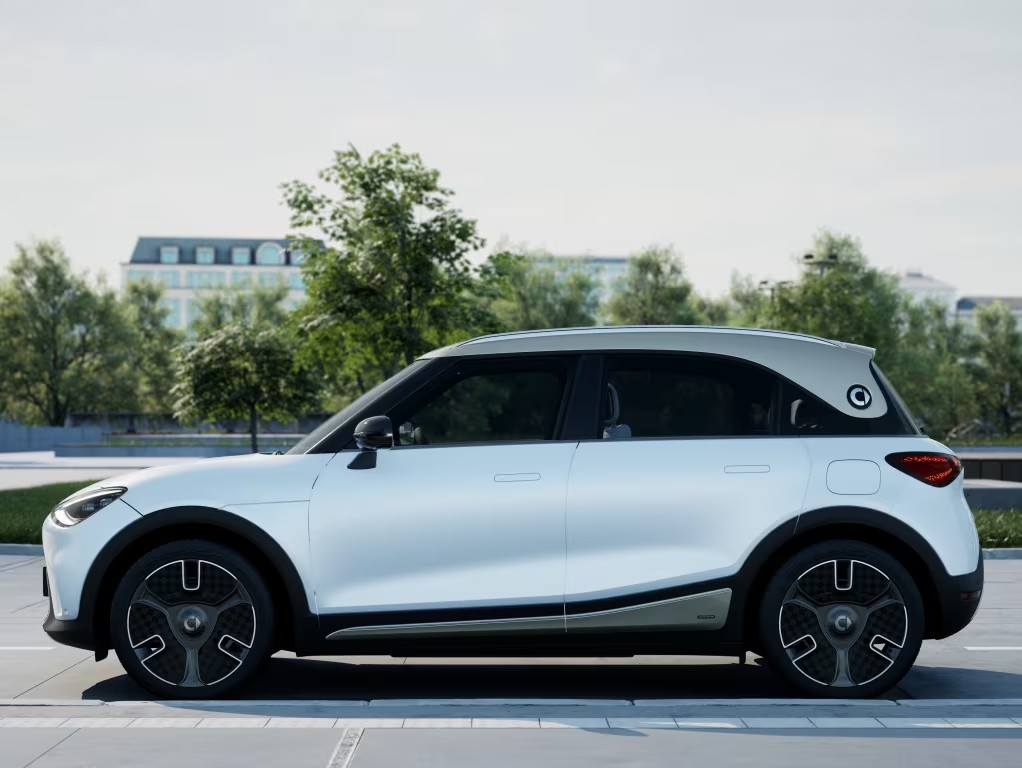
The current #5 is even more exaggerated, with a length of 4,705mm and a wheelbase of 2,900mm, which is no longer the microcar of the past.
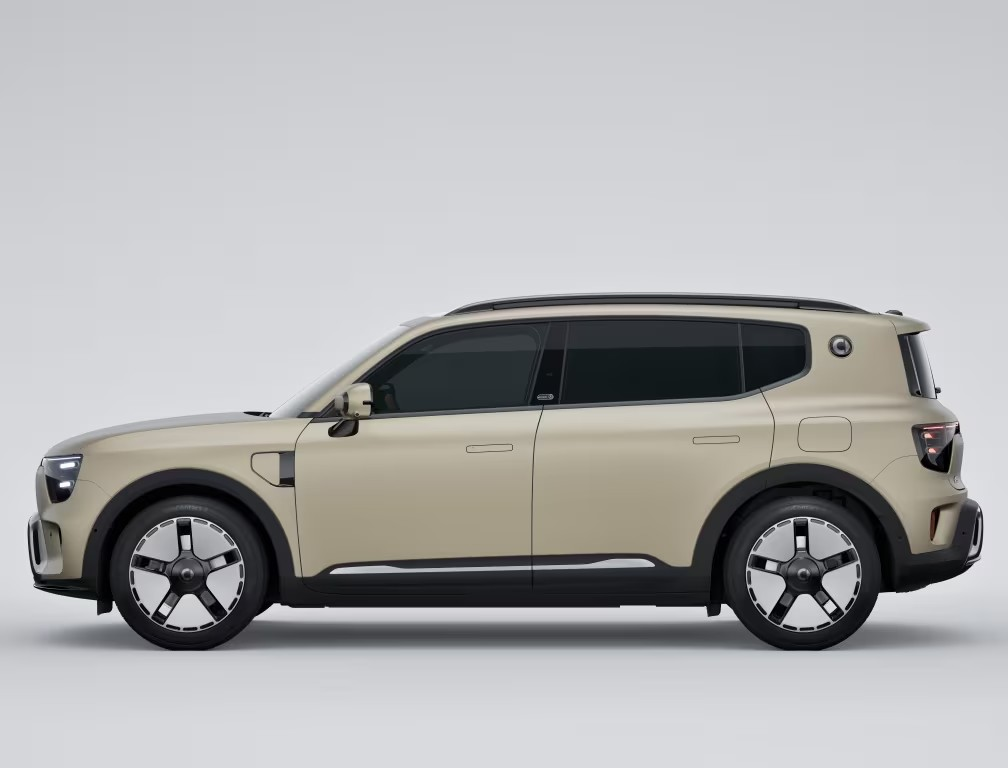
The main reasons behind Smart's size increase
This transformation is not merely a superficial change. Firstly, safety regulations have grown increasingly stringent. The crash standards of 1998 are incomparable to those of today, and new regulations require vehicles to have wider bodies.
Technological factors also play a role. The rear-mounted engine of the old Fortwo was small, whereas the battery packs in today’s electric cars are significantly larger.
Additionally, the brand's positioning has changed. Initially, Smart was designed to solve parking issues in old European cities, but it is now primarily targeting family users. Market research indicates approximately 76% of owners require child seat installation and steering wheel diameters have increased from 32 cm to 38 cm. As market demands evolve, so must cars.
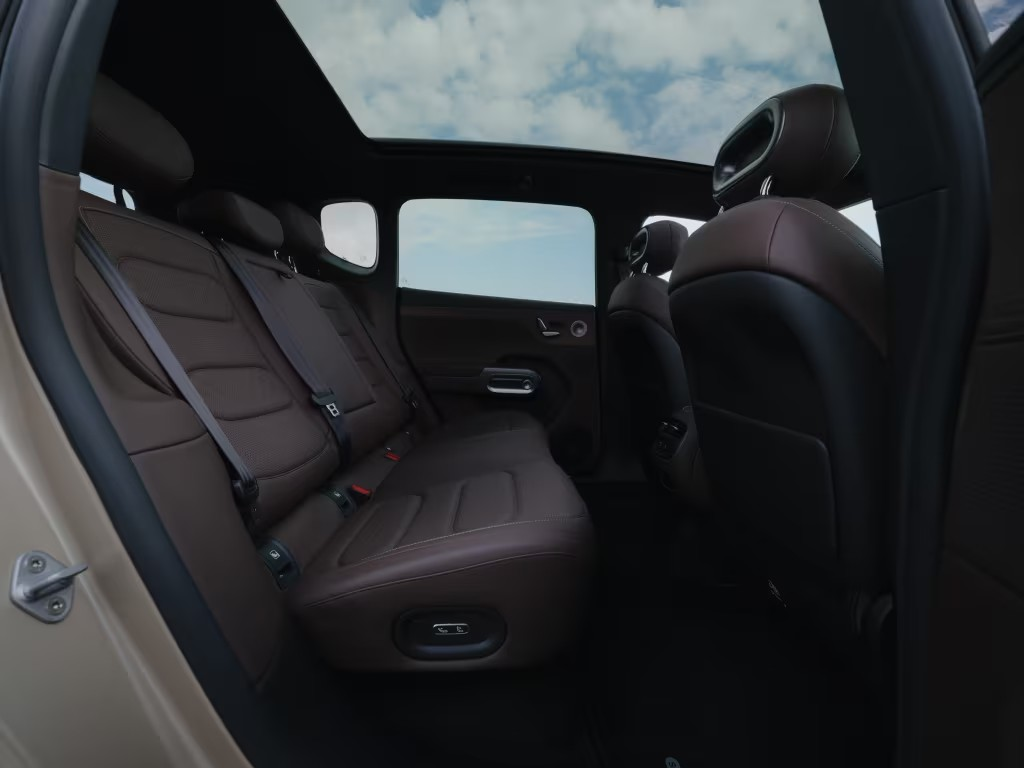
Why Can MINI Persist While Smart Keeps Changing?
Smart and MINI are often compared, but their fates are completely different. Since being acquired by BMW, MINI has consistently maintained its signature 'go-kart-like driving pleasure.' Although its models have gotten bigger, the core DNA has never been lost, and its annual global sales have steadily remained above 300,000 units.
Smart, on the other hand, has been constantly switching gears from microcars to electric SUVs. In 2023, its total sales across all models were only 87,000 units.
The key difference lies in product positioning. The first generation Smart was designed too radically. Although its safety features were impressive, its practicality was severely lacking — just two seats and virtually no trunk space.
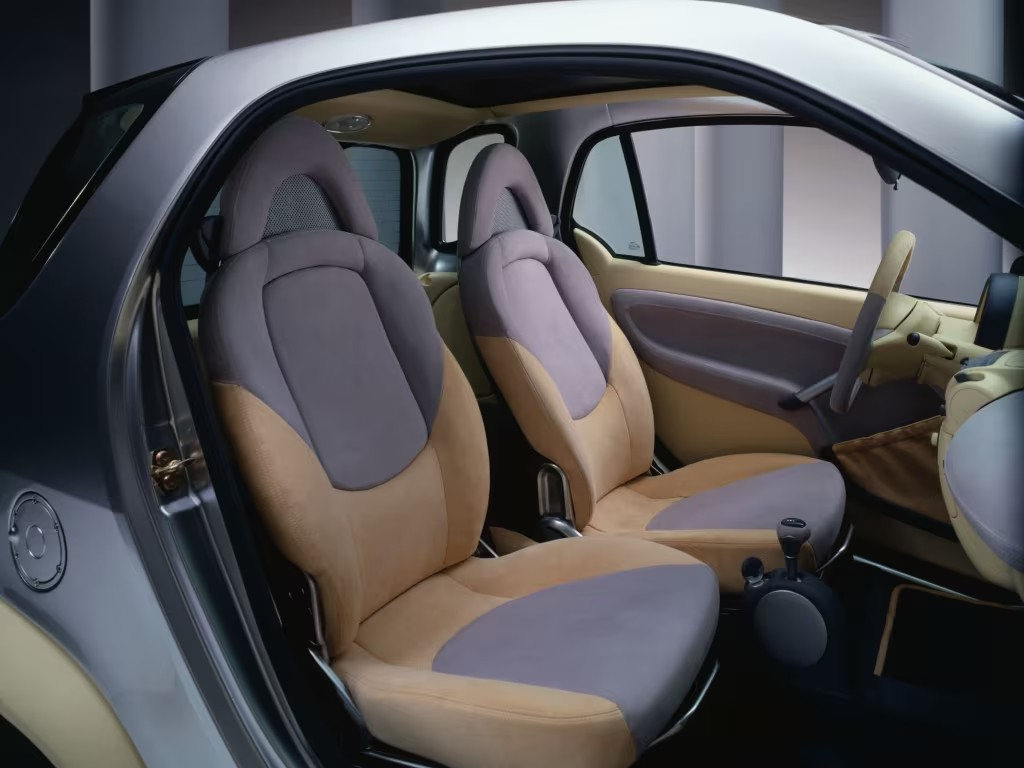
This is good - keep this improved terminology and the loud rear engine noise also negatively impacted the experience.
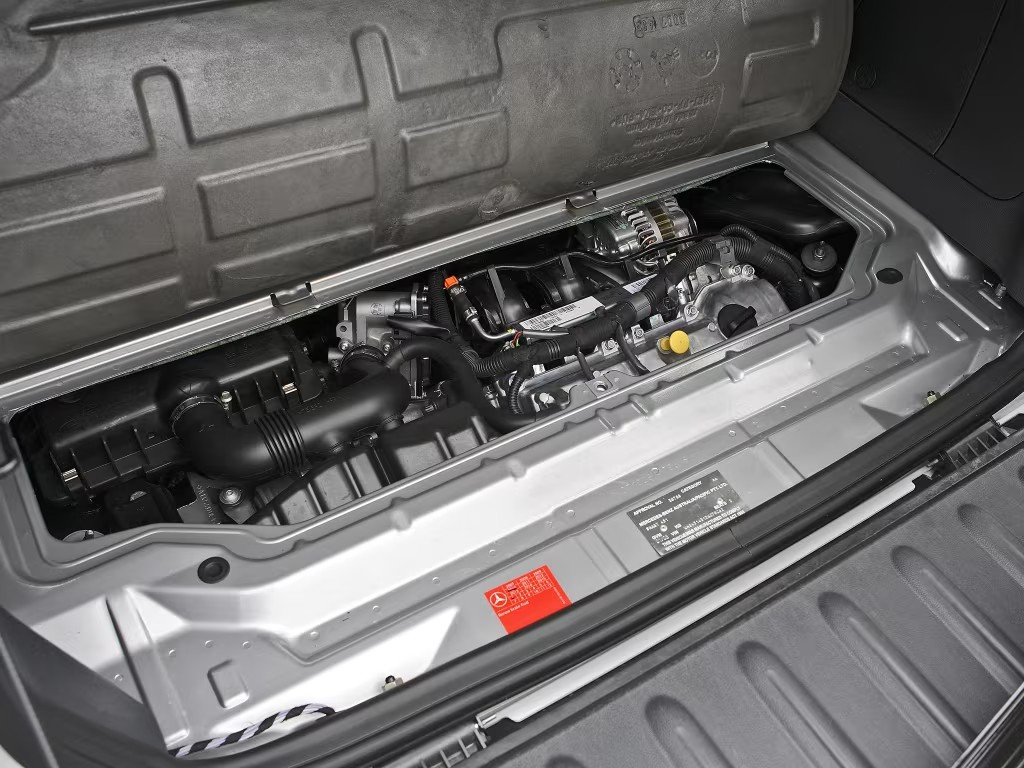
Although the MINI Cooper is also small, it retains four seats and some trunk space, and its driving dynamics are sportier, which broadens its audience.
What’s even more troublesome is that Smart faces intense competition across multiple segments. In Europe, it has to compete with the Fiat 500 and Toyota Aygo for market share. In China and North America, it faces the SUV craze. Now, even electric bicycles and Wuling Hongguang MINI EVs are grabbing market share. For Smart, this presents a dilemma: the microcar market is too niche, yet venturing into the mainstream automotive market risks diluting its unique identity.
Smart's Awkward Position Leaves Benz Confused
During Mercedes-Benz's stewardship of Smart from 1998 to 2019, various approaches were tried: Fortwo, the four-seat Forfour, Roadster sports car, ED electric vehicle... but there was no long-term planning.
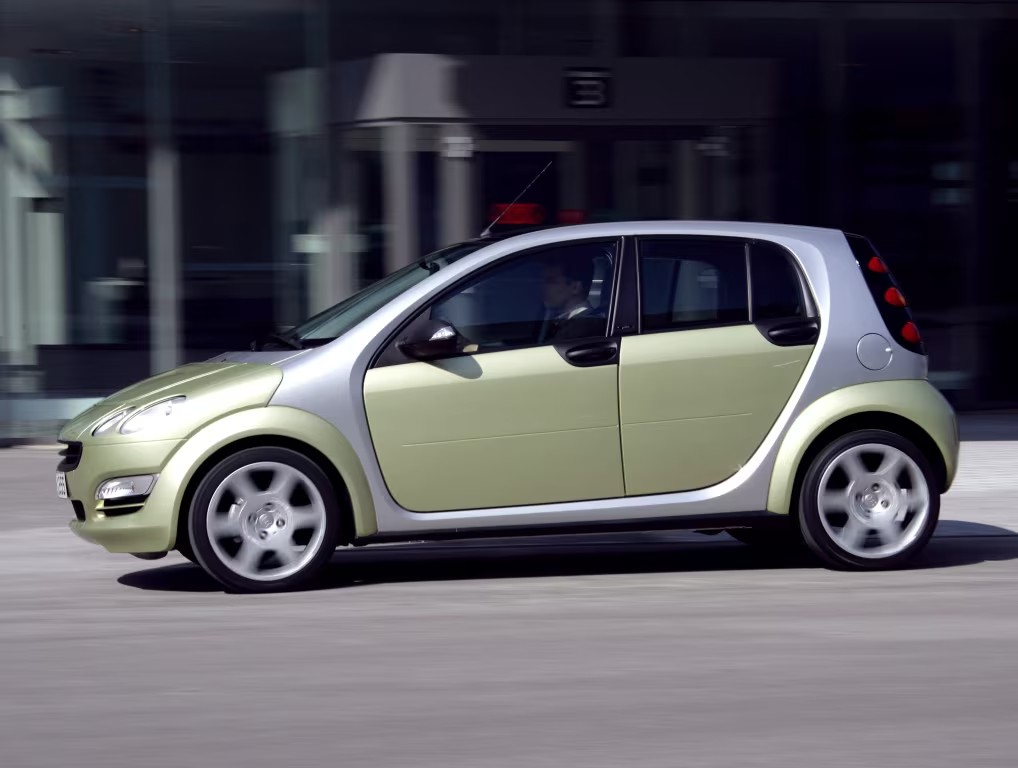
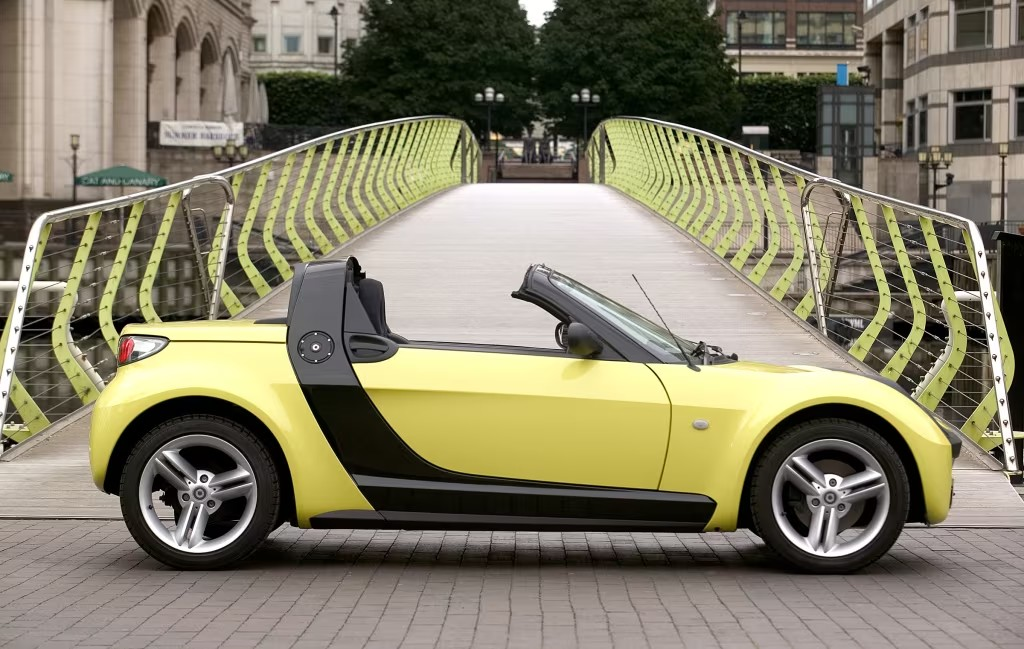
Benz also didn’t invest sufficient resources into Smart like BMW did for MINI. After Geely’s acquisition in 2019, Smart made yet another big pivot, completely halting the production of fuel-powered microcars and fully transitioning to SUVs. By 2025, it is set to venture into hybrids.
The SUV Trend Pushes Smart to Grow Bigger
When Benz didn’t know what to do, Smart had no choice but to be driven by the global SUV trend. By 2023, SUVs accounted for 48% of the global market share, while Europe’s microcar segment dropped from 12% to 4%. Chinese families favor spacious cars, the U.S. market is dominated by pickups and SUVs, and European policies are promoting electrification. The Smart EQ Fortwo offers a limited range of approximately 140 km, which cannot compete with the MINI Electric’s 200 kilometers.
If it is to become an SUV, the smallest development size offered by Geely's SEA electric platform is 4.5 meters, so it's impossible to make small cars, and Smart has to abandon its old focus and move towards larger models.
If Smart gets bigger, is it still Smart?
Many old car enthusiasts shake their heads when they see the current Smart, but to be honest, the core logic of this brand has actually never changed.
Back in 1998, the biggest pain point of urban living was the difficulty of parking, so Smart made itself a microcar. Now users are looking for space and range, so Smart has transformed into a refined SUV. This evolution represents adaptation to market demand rather than abandonment of core principles.
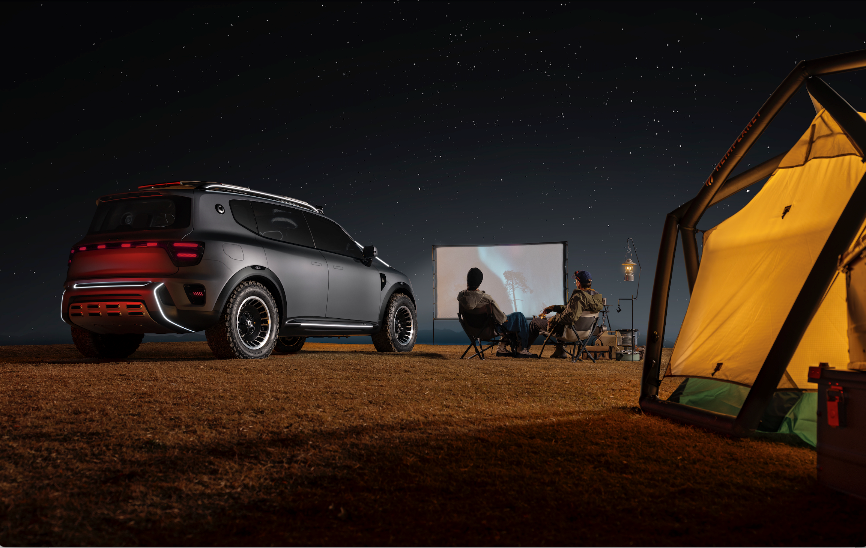
Why does Smart keep changing? Because the market and users are changing.
Smart's earliest target users were affluent urban singles pursuing individuality, and its advertisements featured scenarios like "parking sideways."
The Smart #5 now emphasizes 'family camping' as its core theme, catering to middle-class families. This strategic shift reflects maturation alongside its customer base rather than mere opportunism.

The shift towards electrification is not merely a trend-following move. Europe plans to ban the sale of fuel-powered cars by 2035, and China offers subsidies for electric vehicles, so Smart has to go electric. The #5 EHD hybrid version launched in China is more pragmatic, addressing users' range anxiety with a 1.5T plug-in hybrid solution, but the design still retains the style of an electric vehicle.
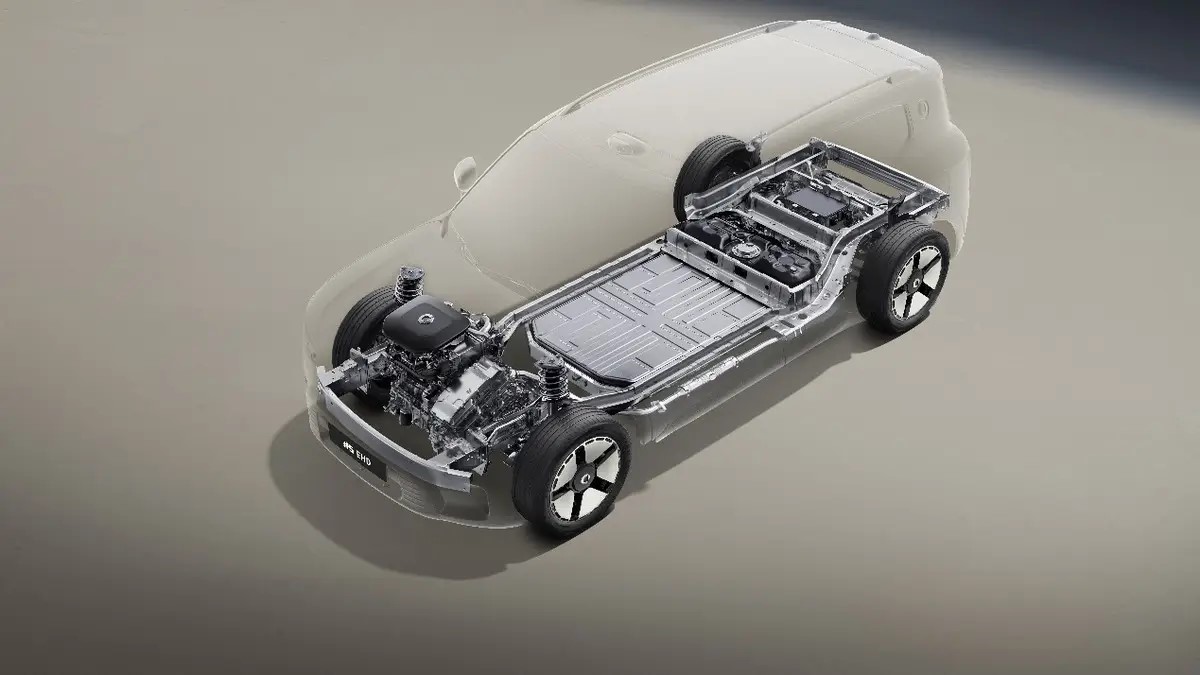
Although the car has gotten bigger, the essence of Smart remains
Despite its increased size, Smart continues to embody three core characteristics:
· The design still preserves the feel of a "grown-up toy." Small details like the floating roof, hidden door handles, and rotatable central control screen are all very "Smart";
· The tech configurations are also very "Smart." The automatic parking feature continues the spirit of the classic "90-degree parking," and the vehicle system is optimized for urban usage;
· The target audience is still the same "sophisticated but low-key" urban elites, and its collaborations for peripheral products are with brands like MUJI.
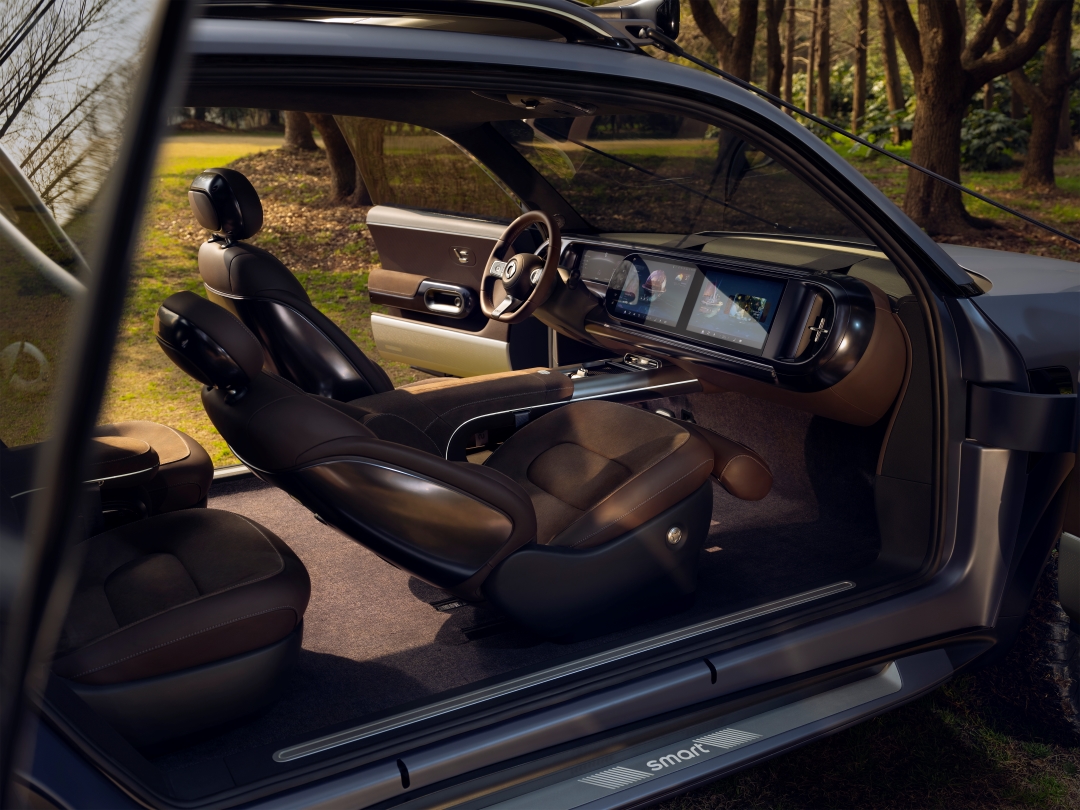
Of course, there are also issues, such as the design style becoming increasingly similar to Zeekr and Benz EQ, which might cause it to lose its uniqueness.
Old customers need to be appeased, and new customers need to be nurtured. But the changes of Smart over these 26 years tell us that a genuinely user-centric brand does not rigidly adhere to tradition but rather adapts sensitively to evolving demands.
Now sitting in the Smart #5, although it is no longer possible to park in tight spots like before, that sense of sophistication belonging to urban elites still remains.
If any infringement occurs, please contact us for deletion
Trending News

2026 Malaysia EV Road Tax Policy Analysis: Costs and Opportunities After the End of Exemptions
As December 31, 2025, approaches, electric vehicle owners in Malaysia will face a significant policy turning point — the four-year electric vehicle road tax exemption policy is coming to an end. Starting from January 1, 2026, all electric vehicles will be subject to an annual road tax based on a new power-based tiered tax system. This change marks a transition for Malaysia's electric vehicle market from a policy-driven phase to a new stage of market-oriented development, bringing new considerations for both consumers and the industry.

The fifth-generation Geely Emgrand car photos released, with upgrades in body size and power system
As a family sedan with cumulative sales exceeding 4 million units in China, the new generation Emgrand will further consolidate Emgrand's competitive position in the sedan market through stronger product capabilities.

BYD Sealion 7 is not only cheaper than Tesla Model Y, what other differences do they have?
Is it better to buy the BYD Sealion 7 or the Tesla Model Y? This really makes one a bit hesitant, but before you make a decision, I recommend you take a good look at this article.

Toyota Land Cruiser FJ did not disappoint, the most anticipated civilian off-road vehicle is back.
Since its birth in 1951 under the name Toyota BJ, the Land Cruiser series has accumulated sales of approximately 12.15 million units in over 190 countries and regions worldwide, becoming a global off-road icon spanning more than 70 years.

The all-new Proton X50 has sold over 6,000 units in a month and a half since its launch, becoming the champion in its segment.
Market data shows that the Proton X50 achieved a delivery volume of 999 units within the first five working days after its launch, and by the end of July, its production scale reached 2,000 units.
Popular Cars
Car Compare
Model Year
car model

